Before August 1st, 1929, Grenell Island was dark at night. Imagine a world lit by lamplight? An old-fashioned kerosene lamp puts out the equivalent of 25 watts of light. Set in the center of a table, it provided only a tiny circle of light for the family, who would gather around the light to sew, read, or play games. The rest of the room would have been shrouded in darkness.

In the 1920s, tiny Grenell Island was surrounded by lighted islands while it remained plunged in darkness. Thousand Island Park had its own power company in the 1890s. Not all, but many cottages on the island had gone electric decades before. Murray Hill Hotel had opened with electricity by 1895. Even tiny islands like Castle Francis and Basswood Island had their own coal or oil-powered generators.

Electricity brought more than light to the surrounding islands. Cottagers needed power to bring water to their cottages. Before electricity, that power was either provided by wind or by arm. A handful of the larger cottages on Grenell had windmills and water tanks. But even cottages with running water for toilets, sinks, and tubs needed to walk to the hand pumps on the island to haul the supply of drinking water to the cottage. Cottagers who didn’t have windmills didn’t have running water and needed outhouses, chamber pots, buckets, and strong arms to carry water.
Two-thirds of all Americans had electricity by 1920. By 1929, there were lots of electric appliances on the market: washing machines, refrigerators, vacuum cleaners, toasters, and electric irons. So Grenell islanders were missing more than electric lights. They were missing all the modern conveniences of home.

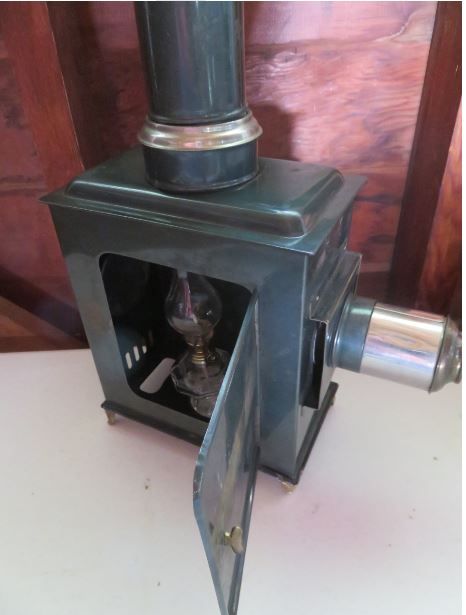
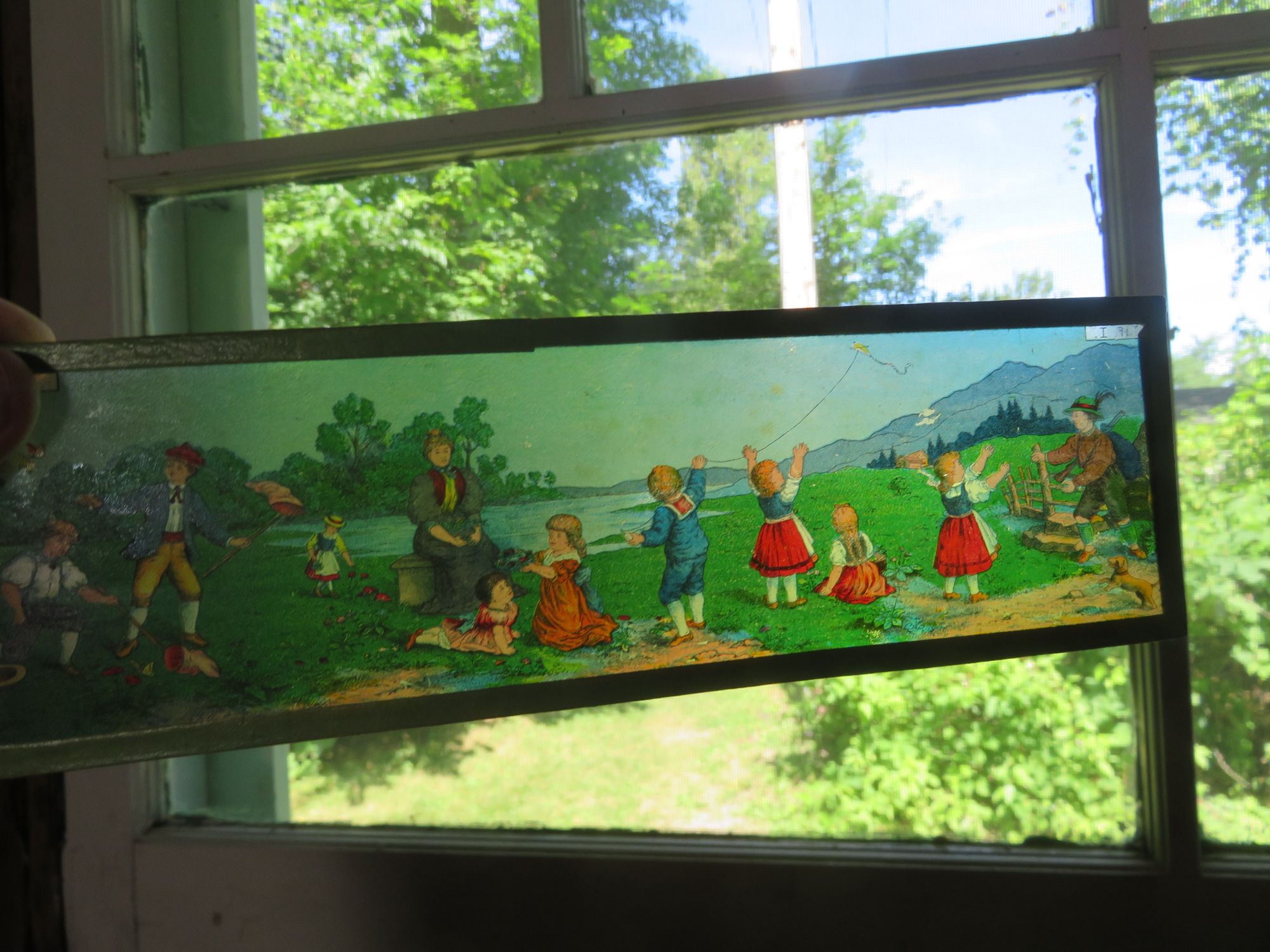
It was Grenell Islander George Gray who first proposed the idea of bringing electric power to the island at a Grenell Island Improvement Association meeting. George Gray and George Pabst were appointed to investigate the matter. Olivia Pratt said in her book, The Story of Grenell, “After three years of discussion, canvassing the cottages, soliciting subscriptions and of the untiring efforts of Mr. Gray, we had lights!” The lights went on August 1, 1929.

To celebrate the 90th anniversary of electricity, the Grenell Island Historical Association hosted a Life Before Electricity event, which explored what life was like on the island before electricity: iceboxes instead of refrigerators, washboards instead of washing machines, and kerosene lamps instead of electric lights. There were also displays about pre-electric entertainment, and communication. Kid favorites were washing with a washboard, typing on a manual typewriter and the hand-crank gramophone.

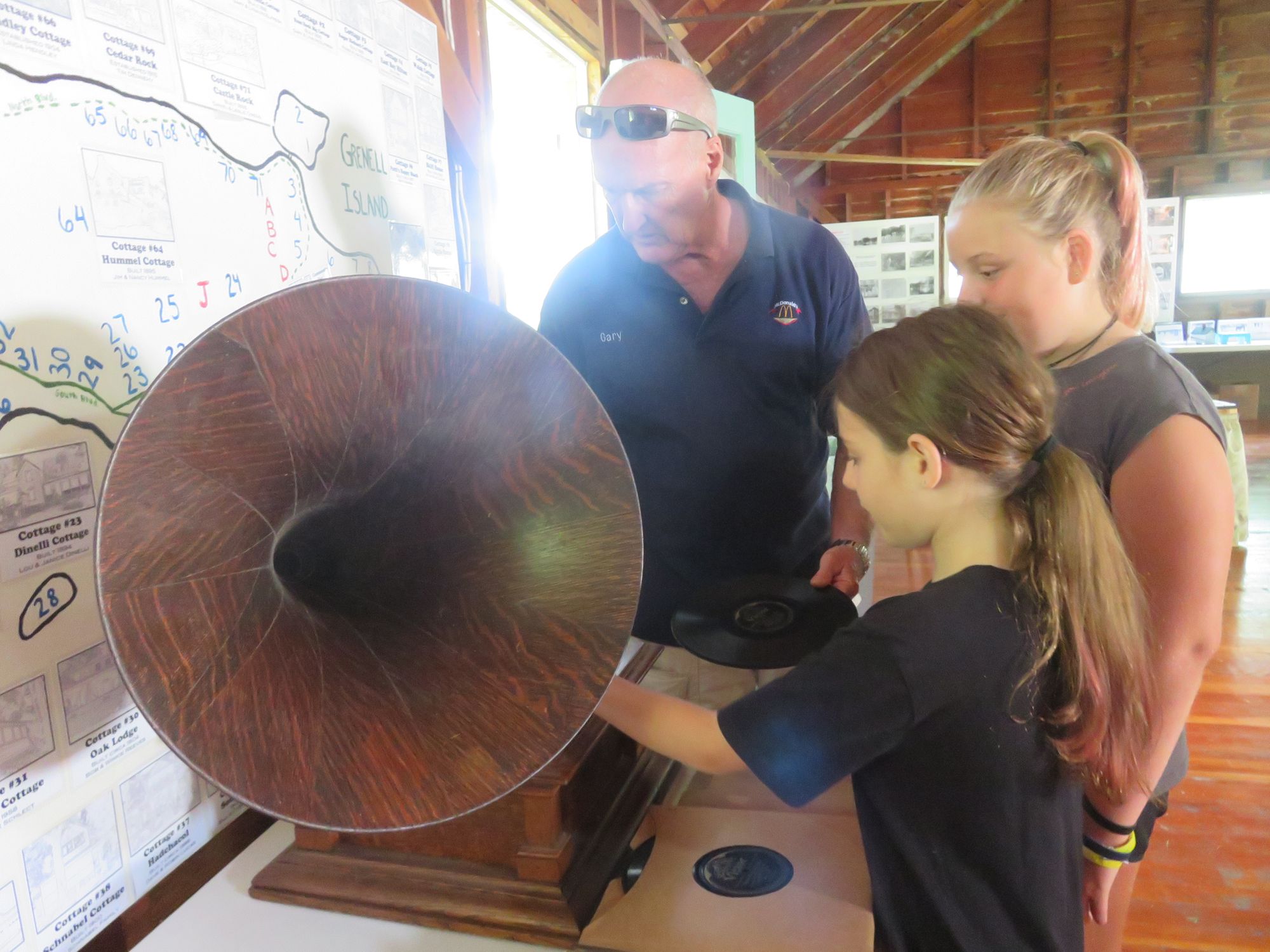
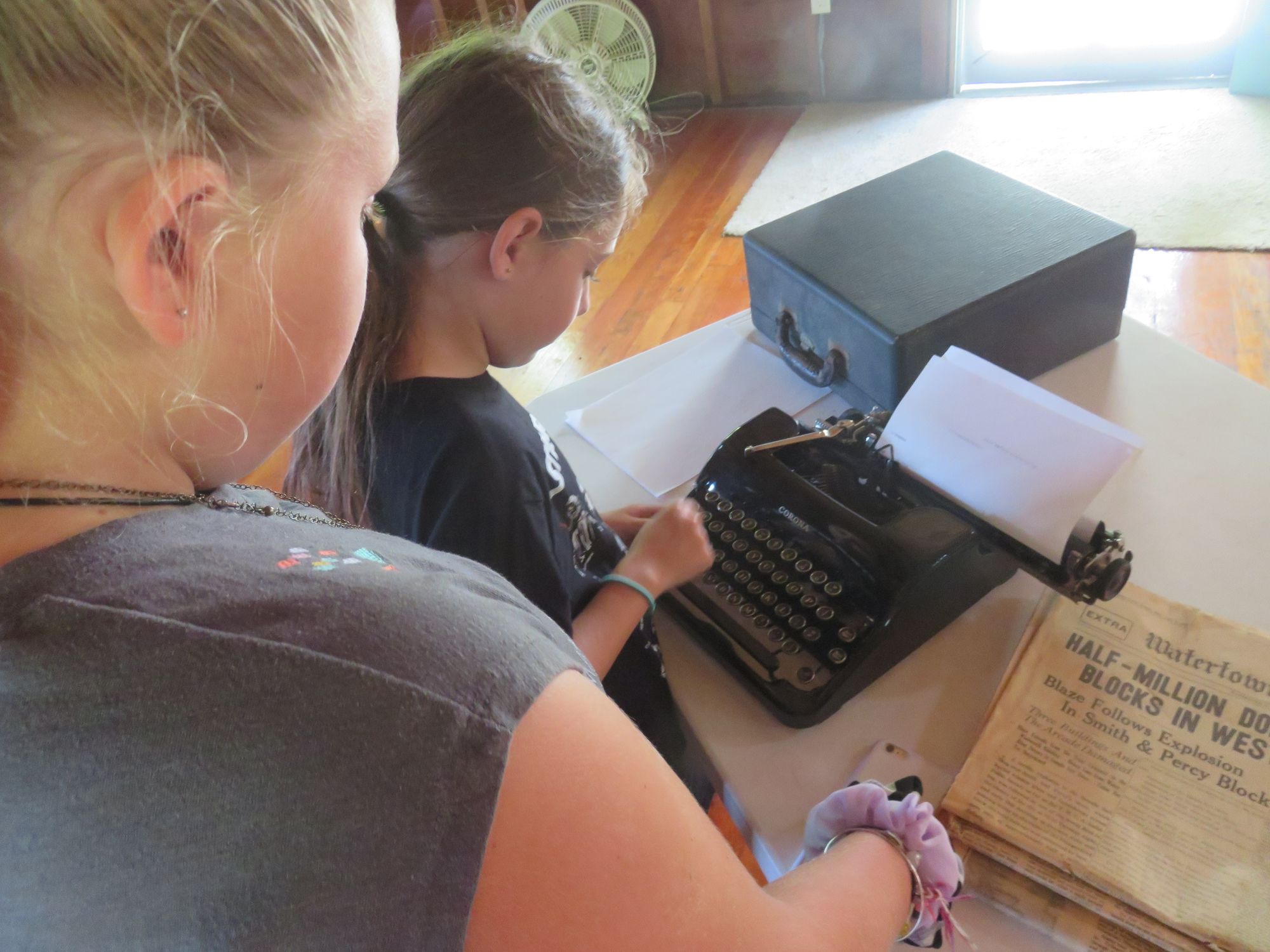
GIHA also issued a challenge to islanders to spend an evening without electricity. The challenge? After dinner on the night of July 31st, cottagers were asked to spend an evening with candlelight or lantern light and no electronic devices. It was easy to look out our window and see who had taken the challenge and who didn’t. (I could see your lights and television from our cottage—Roger.)
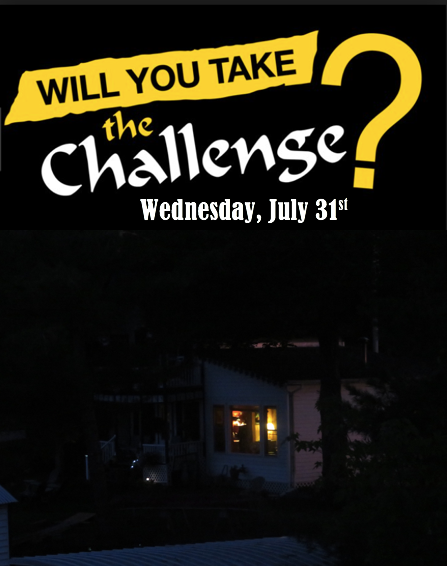
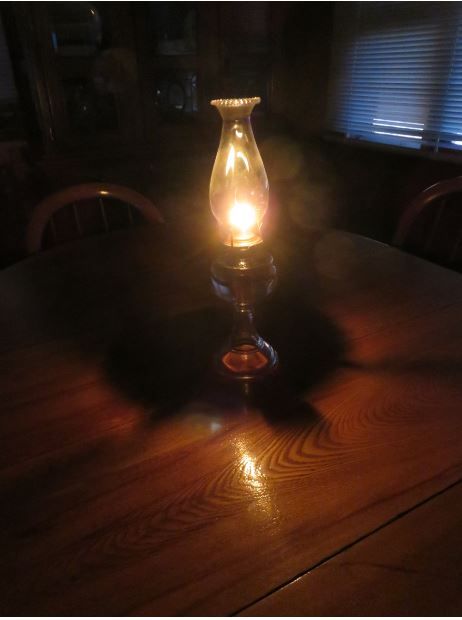
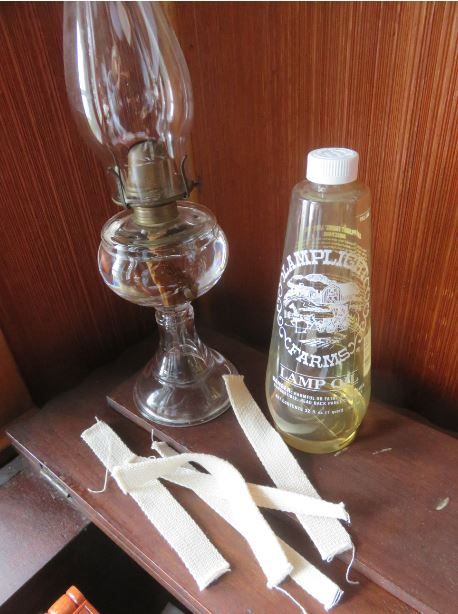
Our cottage took the challenge. I’ll admit that during the hour leading up to the challenge, I got a little nervous thinking ahead to what I wouldn’t be able to do and prepared as best I could. I sent a flurry of texts before I shut off my phone. We spent the evening at our daughter’s cottage playing cards. The kerosene lamp didn’t put out that much light and it was often hard to see the cards in my hand. After a night of card playing, we walked back to our cottage by lamplight, brushing our teeth by lamplight, blew out the light, and went to bed. Most nights I listen to my iPod to lull myself to sleep, and I worried that I would lie awake for hours unable to sleep. I was relieved that that didn’t happen. We were also lucky that it wasn’t hot that night. I would have missed our electric fan.
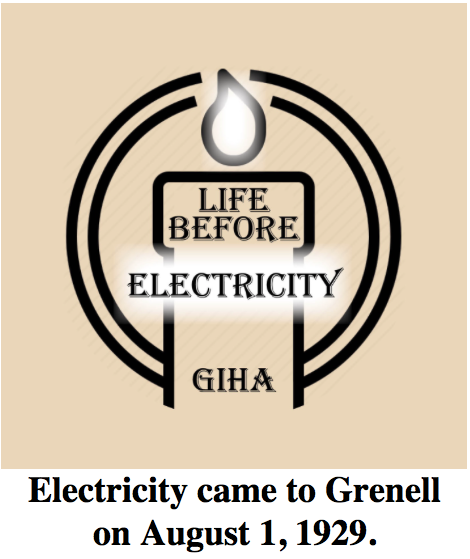
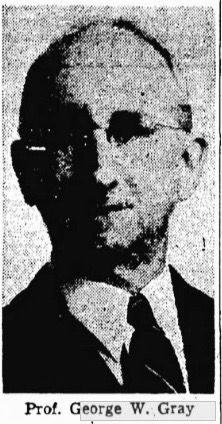
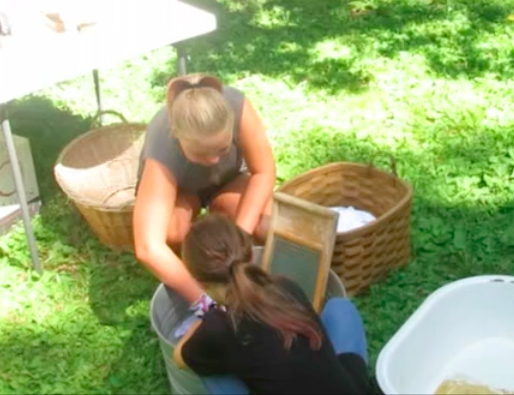
Earlier this season, our island neighbors had a power outage. Murray, Maple, and Bluff were without power for almost 24 hours. It happened on a Saturday afternoon and those coming to the Grenell Island Chapel on Sunday morning were full of stories about their night without power and water. It’s one thing to “Take the Challenge” and decide to go without out lights and not use electronic devices for an evening—we still had running water. It’s quite another matter when Mother Nature or some malfunction forces you into living without power.
Taking time to look at how our ancestors lived without electricity makes me very grateful for our modern-day conveniences. Hats off to George Gray, former Syracuse University law professor, who took the initiative to make that happen.
By Lynn E. McElfresh, Grenell Island
Lynn McElfresh came to Grenell Island for the first time to meet her fiancé’s family, in 1975. She became part of the family, and the island became part of her life. Lynn and her husband, Gary, spend their summers in the Thousand Islands and their winters in Dunedin, Florida. To see all of Lynn’s island experiences, search TI Life under Lynn McElfresh.
And as an added bonus we announce Lynn's first of nine novels... Grenell 1881, now on sale in several River locations. See our TI Life Review and... buy it, read it and enjoy it!
Posted in: Volume 14, Issue 8, August 2019, History, Nature
Please click here if you are unable to post your comment.
